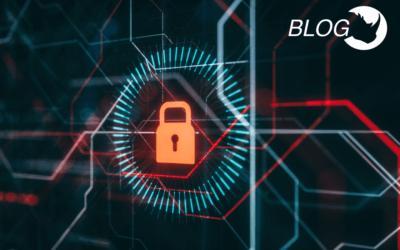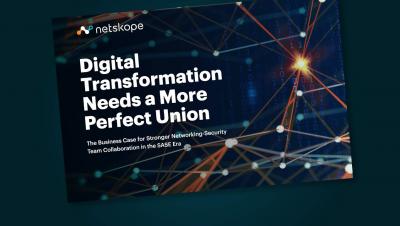What is 5G security? Explaining the security benefits and vulnerabilities of 5G architecture
5G is already transforming and enhancing mobile connectivity. With its high speeds and low latency, almost all businesses and industries are now in the position to digitize applications and services they couldn’t dream of not long ago. With 5G networks, billions of devices and IoT (the internet of things) are interconnectible — leading to use cases like smart cities, AR/VR on mobile networks, remote medicine and much more. The potential is practically unlimited.










